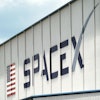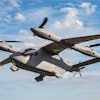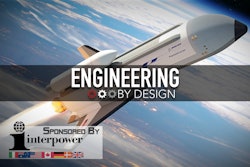In 2011 NASA retired its space shuttle program, as the aging fleet began to raise safety concerns and became too costly to maintain.
Their replacements would emanate from contracts awarded to Boeing and SpaceX for the design and manufacture of spaceships for low-earth orbit missions – with the primary application being the transport of crews to and from the International Space Station.
The original contracts called for regular flights by 2017. However, after giving Boeing more than $4.8 billion and SpaceX over $3.1 billion, U.S. astronauts are still hitching every expensive rides from the Russians due to both companies facing significant issues.
Boeing’s CST-100 Starliner appears to be having trouble with its heat shield not being able to protect the craft’s parachute system, which is needed to slow down and land the capsule upon re-entry.
For SpaceX’s Crew Dragon craft, the issue seems to be convincing NASA that, despite a September 2016 launchpad explosion, their cryogenic fuel-powered Falcon 9 rocket is safe for manned missions. And safety is at the core of NASA’s priorities, and the resulting delays.
The shuttle legacy will forever be tied to the Challenger and Columbia disasters that claimed the lives of 14 astronauts. The shuttles reportedly carried a 1-in-90 chance of claiming their crew’s lives. NASA is requiring the Boeing and SpaceX craft to carry a less than 1-in-200 chance of such as disaster.
Boeing is planning for its first crewed flight in October, and SpaceX is targeting December for its first crewed demonstration. However, that doesn’t account for NASA certification, which could easily add another year on to the timeline and, at best, place the first ISS flights well into 2020.
These timelines are becoming increasingly important for three reasons. First, to get to Mars a great deal of research needs to be done on spaceflight’s effects on the human body, and the ISS is the ideal lab. Then there’s the escalating price for seats on Russia's Soyuz spacecraft, which may not be available by late 2019.
Finally, there’s a race to take full advantage of the Space Station before it’s deorbited in 2024.






















